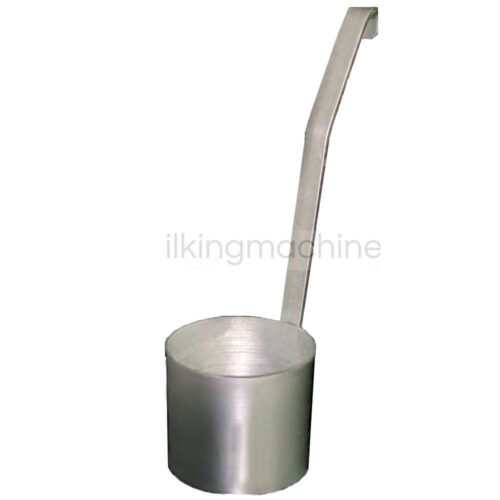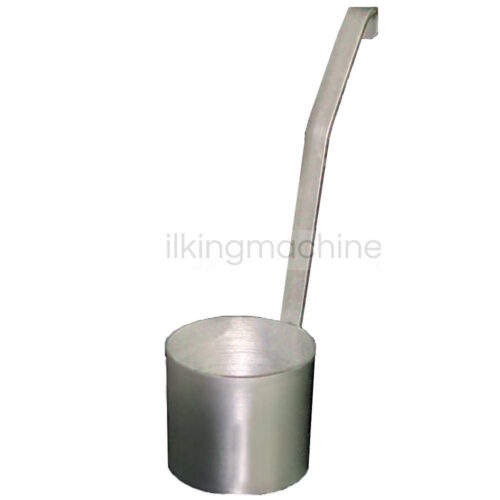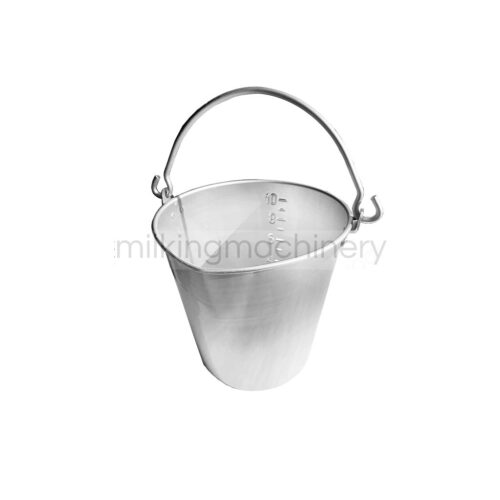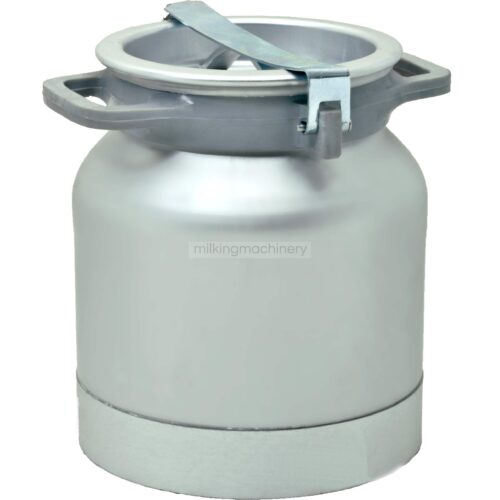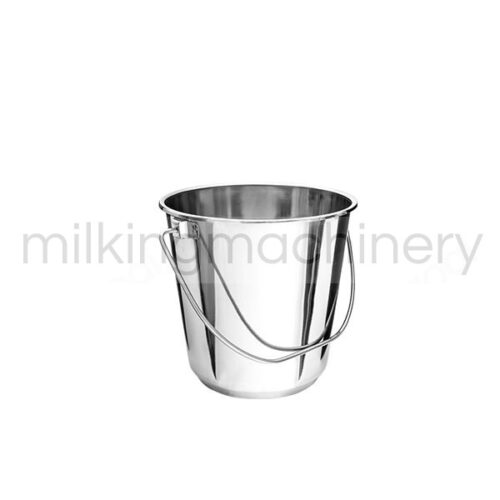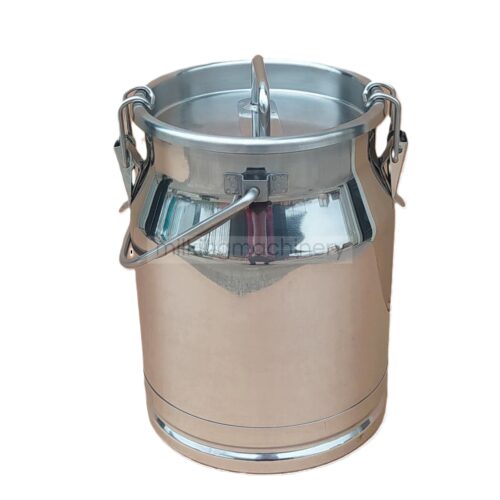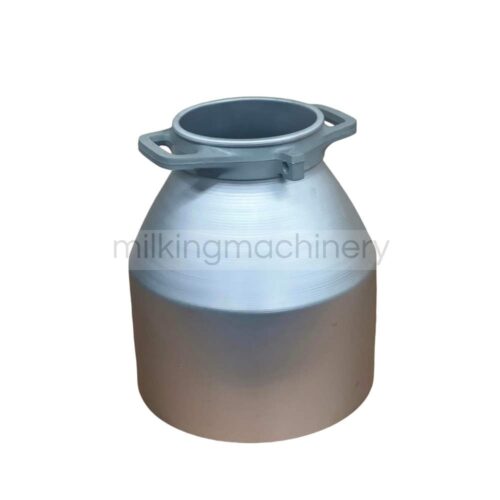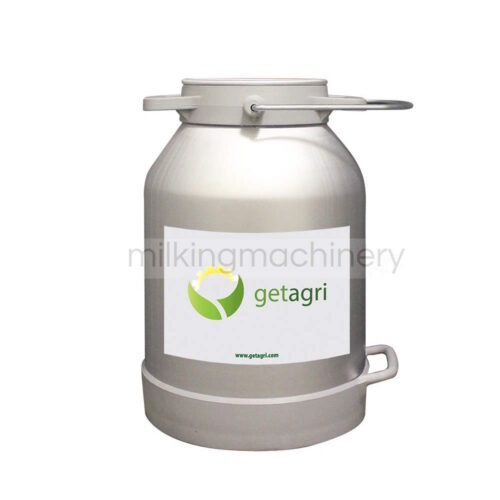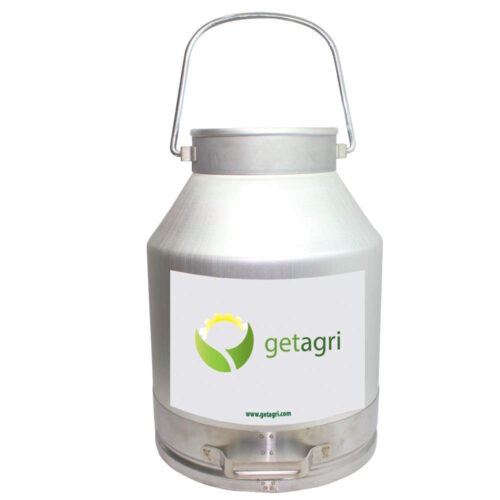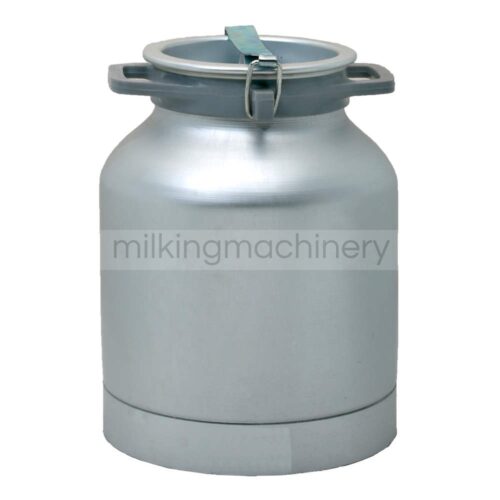Milking Systems
Milking systems, which are used in dairy farming to extract milk from cows and other dairy animals, offer several benefits for both farmers and the animals. Here are some of the key advantages of modern milking systems:
- Efficiency: Milking machines can milk multiple cows simultaneously, significantly reducing the time and labor required for milking compared to manual milking. This efficiency allows farmers to manage larger herds.
- Consistency: Milking machines provide a consistent and standardized milking process, reducing the risk of variations in milk quality and yield that can occur with manual milking.
- Improved Milk Quality: Milking systems are designed to minimize the risk of contamination and reduce the exposure of milk to bacteria and other contaminants. This results in higher milk quality and reduced bacterial counts.
- Animal Welfare: Modern milking machines are designed to be gentle and non-stressful for the animals. They mimic the natural sucking action of a calf, which can lead to a more comfortable milking experience for the cows.
- Hygiene: Milking machines can be easily cleaned and sanitized, reducing the risk of cross-contamination between cows and improving overall dairy hygiene.
- Data Collection: Many milking systems are equipped with data recording and analysis capabilities. They can track individual cow milk production, monitor cow health, and provide valuable data for herd management decisions.
- Labor Savings: Milking machines reduce the need for manual labor in the milking process, allowing farm labor to be allocated to other important tasks on the farm.
- Increased Milk Yield: Properly managed milking systems can stimulate milk production and potentially increase milk yield compared to manual milking.
- Round-the-Clock Milking: Milking machines can be used at various times during the day, allowing for flexible milking schedules that can accommodate the needs of the farm and the cows.
- Reduced Risk of Injury: Manual milking can be physically demanding and may lead to injuries in farm workers. Milking machines reduce the risk of injuries associated with repetitive manual labor.
- Sustainability: Efficient milking systems can contribute to sustainable dairy farming by optimizing resource use, reducing energy consumption, and minimizing waste.
- Traceability: Some milking systems are equipped with individual cow identification and data recording, which can improve traceability and product quality control.
It’s important to note that the benefits of milking systems depend on their proper installation, maintenance, and management. Farmers must ensure that milking machines are well-maintained, cleaned, and calibrated to achieve the best results for both milk production and animal welfare. Additionally, the choice of milking system may depend on the specific needs and scale of the dairy operation.

